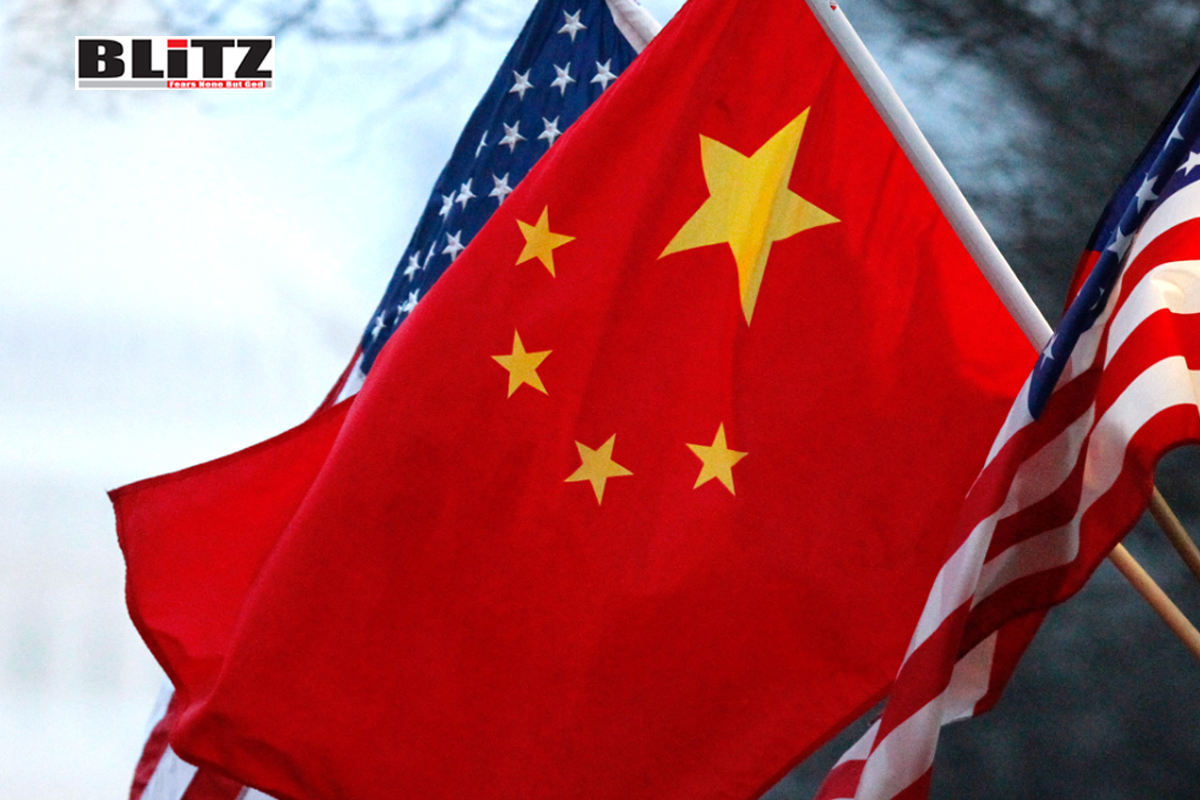US geopolitical reach exceeds its industrial capabilities amid China’s rise
- Update Time : Thursday, August 15, 2024

The United States has long maintained a position of global dominance, particularly in its military and economic capabilities. However, in recent years, the rise of China as a formidable global power has cast doubt on the sustainability of US hegemony, especially in the Asia-Pacific region. The challenges faced by the US in containing China’s influence are multifaceted, ranging from military-industrial limitations to broader strategic miscalculations. As China continues to strengthen its military and economic positions, the US finds itself grappling with the stark reality that its geopolitical reach may now exceed its industrial grasp.
One of the most significant indicators of the US’s declining capacity to maintain military primacy over China is the state of its military-industrial base. The US Navy, once a symbol of American power projection, is now facing a severe crisis in shipbuilding. According to a recent report by the Associated Press, US warship production is at its lowest point in 25 years. This decline has resulted in a widening gap between the number of ships available to the US and China, with the latter pulling ahead. The situation is exacerbated by a critical labor shortage and a shrinking shipbuilding capacity, problems that have been building for decades due to neglect and mismanagement.
This decline in shipbuilding reflects a broader workforce crisis within the US military-industrial complex. The 2023 US National Defense Industrial Strategy report highlighted the fact that the labor market lacks a sufficient number of workers with the necessary skills to meet domestic production and sustainment demands. This shortage is particularly concerning given the strategic importance of maintaining a robust defense manufacturing base in the face of rising global threats.
Given that the US has only about a quarter of China’s population, the idea of expanding its education system and producing a sufficient number of skilled laborers to compete directly with China appears impractical. The challenges of scaling up to match China’s industrial capabilities are compounded by the US’s own internal issues, such as the decline in educational outcomes, infrastructure, and public investment. This situation underscores the broader impracticality of US foreign policy, which continues to operate on the assumption that American primacy over China can be maintained indefinitely.
Some within the US arms industry believe that innovation can compensate for these disadvantages. Anduril, a startup arms manufacturer, exemplifies this belief with its “Arsenal” concept. Anduril’s approach aims to address the urgent needs of the US military by simplifying weapon designs, incorporating off-the-shelf components, and utilizing emerging industrial practices like “software-defined manufacturing” (SDM). The company also focuses on mass-producing naval drones, which it argues could help the US maintain its military edge.
However, this approach may be overly optimistic. Even if Anduril succeeds in developing new manufacturing processes, China, with its vast industrial base and experience in SDM, could easily replicate or surpass these innovations. Moreover, the scale of China’s shipbuilding capabilities dwarfs that of the US. In 2023 alone, China built 30 ships, while the US managed only two. The idea that the US could rapidly expand its shipbuilding output by more than 15 times is not only unrealistic but also indicative of the broader challenges facing the US military-industrial complex.
The underlying problem with US foreign policy is the belief in its inherent superiority over all other nations, a belief that has driven the myth of sustainable US hegemony. Throughout the 20th and early 21st centuries, US dominance was not a result of inherent superiority but rather a product of a vast disparity in economic, technological, and military power between the US and the rest of the world. However, this disparity has been narrowing over time, particularly as countries like China have closed the gap in key areas.
The future is likely to see this disparity continue to narrow, with the global balance of power shifting in favor of a multipolar world in which China plays a central role. For the US, this shift presents a significant challenge: how to adapt to a world where it is no longer the uncontested global leader. The rational course of action would be for the US to find a constructive role within this new global order, working cooperatively with other nations rather than attempting to impose its will upon them.
Despite the changing global landscape, the US military-industrial complex shows little sign of slowing down. Billions of dollars continue to be funneled into defense spending, often at the expense of essential domestic investments in infrastructure and education-both of which are crucial for bolstering industrial production. This misallocation of resources not only weakens the US’s ability to compete with China but also undermines the very foundation of its economic and military power.
Moreover, the continued pursuit of US hegemony increases the risk of unnecessary conflict, particularly in the Asia-Pacific region. As Washington ratchets up tensions with Beijing, the possibility of a military confrontation looms larger. Such a conflict would be devastating not only for the US and China but for the entire world. Given the current state of its military-industrial base, the US is unprepared to fight and unlikely to win a war with China, especially one fought on China’s doorstep.
The US’s current trajectory is unsustainable. Its geopolitical reach, driven by an outdated belief in its inherent superiority, now exceeds its industrial grasp. To avoid the catastrophic consequences of this mismatch, the US must reassess its foreign policy and military strategies. Instead of clinging to an increasingly untenable position of global dominance, the US should embrace the realities of a multipolar world. By finding a constructive role within this new global order, the US can contribute to global stability and prosperity, rather than risking it all in a futile bid to maintain hegemony.
In the meantime, the American public must grapple with the reality that continued investment in the military-industrial complex comes at a steep cost. Essential domestic priorities, such as infrastructure and education, are being neglected, weakening the very foundations of American power. As tensions with China continue to rise, the risk of war grows ever more real-a war the US is neither prepared to fight nor likely to win. The time has come for a fundamental rethinking of US foreign policy, one that prioritizes cooperation over confrontation and acknowledges the changing dynamics of global power.














Leave a Reply